The artist known as Raphael was born in the pretty little city of Urbino in 1483. After spending much of his early career in Tuscany and Umbria, Raphael came to Rome at the request of the Pope.
The High Renaissance artist spent the last 12 years of his life in Rome, creating a massive amount of work with the help of a large workshop full of assistants.
From 1517 until his death three years later, Raphael lived in the Borgo area of Rome in a grand palace.
Raphael died at the age of 37 on 6 April 1520 in Rome. That means that 2020 marks the 500th anniversary since the death of Raphael. He passed away on Good Friday, on the day that is also believed to have been his birthday (though he may have been born on March 28th, instead). He was very ill for the last 15 days of his life, and many suspect the amorous artist was done in by a sexually transmitted disease.
At his request, Raphael had a grand funeral. He is buried at the Pantheon in Rome.
Where to Find Raphael in Rome
Raphael didn’t begin his career in Rome, but it is the city where he made some of his most important works. Even in his short life, he created a massive body of work and many of his masterpieces can still be found in Rome today.
The following is a complete guide to where to find over 15 works by Raphael in Rome
Vatican Museums – Raphael Rooms
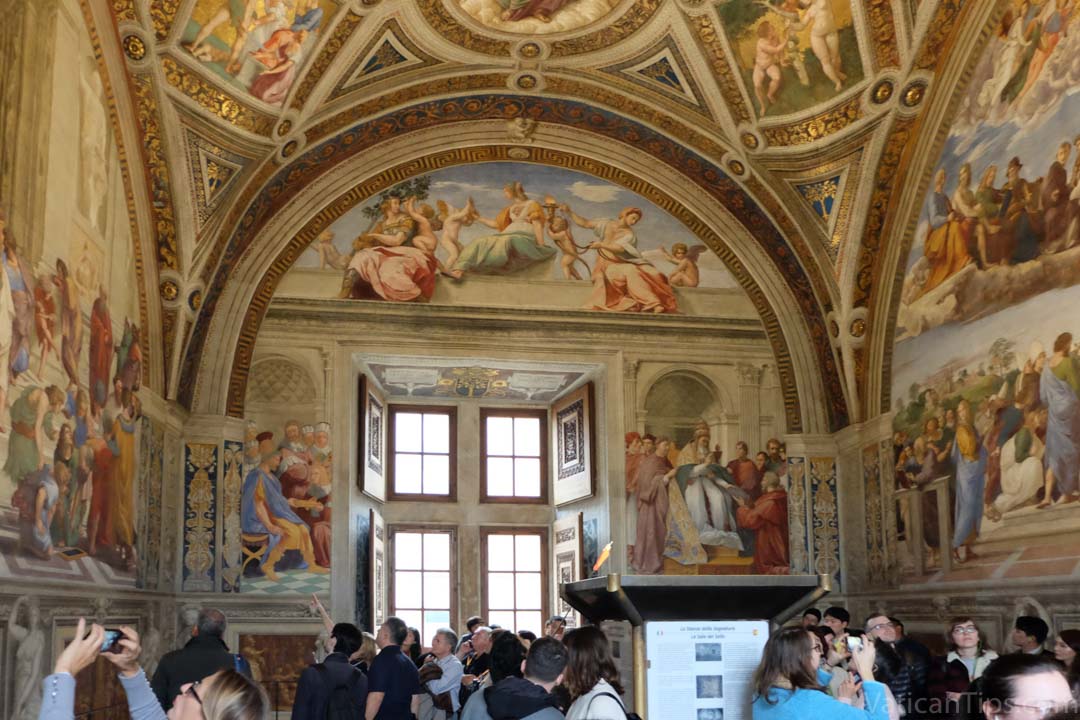
Basilica Di Sant’Agostino – The Prophet Isaiah
Raphael and Michelangelo were contemporaries and it is said that Raphael was influenced by the older artist. One of the best examples of this Raphael’s fresco of the Prophet Isaiah, in the Basilica di Sant’Agostino. The church is located between the Pantheon and Piazza Navona, not far from where Raphael is buried in Rome.
The fresco shows a powerful Isaiah wrapped in robes and holding a scroll, while flanked by two angels. Isaiah can be seen in a very similar pose in Michelangelo’s Sistine Chapel.
Supposedly, the patron who commissioned Raphael to paint the fresco complained to Michelangelo that he felt he had been overcharged. Michelangelo replied that “the knee alone is worth the price demanded.” (And it is a very good knee indeed).
Location of the work: Inside the Basilica di Sant’Agostino, on a pillar on the left as you walk towards the front of the church. Free to visit during church opening hours. Immediately to the left as you enter is the church’s most famous work: a painting by Caravaggio.
Date of work: c. 1512
Chiesa Di Santa Maria della Pace – The Sybils
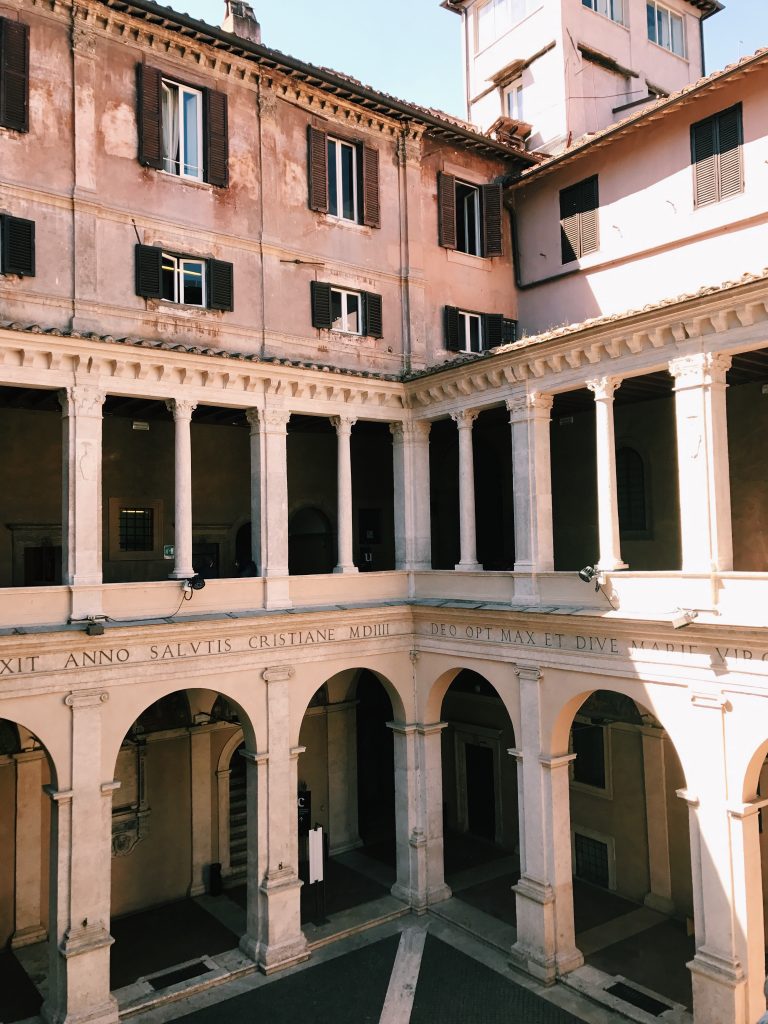
Doria Pamphili Gallery – Double Portrait
The Doria Pamphilij Gallery is one of my favorite art museums in Rome. The private museum is small, under visited and absolutely stunning. Inside you can find works by Titian and Caravaggio, as well as the Double Portrait by Raphael.
The two figures on an emerald background are facing each other without acknowledging the other person. There are several theories about who the two men might be. They could be mutual friends of Raphael, or Luther and Calvin, or even Christopher Columbus with Andrea Doria. The mystery and the uncertainty has been heightened by a description of Raphael’s double portrait as being painted on a panel – where the current work on display is a canvas. While some doubts were raised about the creator of the painting, it is now almost universally agreed to be a work by Raphael.
Location of the work: Saletta del Cinquecento in the Doria Pamphilj Gallery. You must purchase a ticket at the entrance to the Palazzo on Via del Corso to be able to see the painting.
Date of work: c. 1516
Galleria Borghese – The Deposition of Christ. Portrait of a Man. Portrait of Young Woman With a Unicorn
The Borghese Gallery has a stunning private collection which happens to include one of the highest concentration of works by Raphael in the city. The three paintings in Galleria Borghese by the Renaissance master are the Deposition of Christ; Portrait of a Man; and Portrait of Young Woman with a Unicorn.
The most celebrated of these is the Deposition of Christ (c. 1507), which Raphael created as the central panel of an altarpiece for a church in Perugia. It is thought to be a pivotal work for the young artist, who had not yet moved to Rome. The work was later stolen at the request of Cardinal Scipione Borghese, which is how it ended up in the family’s collection.
Portrait of a Young Woman with Unicorn (c. 1505-1506) is another one of Raphael’s early works. It was first attributed to the artist Perugino. The more severe Portrait of a Man was painted slightly later, in 1510. The subject of the portrait is uncertain.
There used to be even more Raphael works in Rome inside the Borghese home. These included The Three Graces, the Vision of a Knight, and St. Catherine of Alexandria. However, the family sold these masterpieces during the French Revolution and they can now be found in France and England.
Location of works: Galleria Borghese. You must purchase a ticket to the museum in advance.
Dates of works: 1505-1510.
Vatican Museums Pinacoteca – The Crowning of the Virgin; Madonna di Foligno; The Transfiguration
The Raphael Rooms full of their stunning frescoes are the most famous works by Raphael Sanzio inside the Vatican Museums. However, there are several more paintings by the artist in the Vatican’s main picture gallery.
The Crowning of the Virgin by Raphael was originally created for the church of San Francesco al Prato in Perugia. The altar piece was stolen by French forces in 1797 and only returned to the Pope in 1815. Instead of reinstalling it in the church, the Pope chose to keep it in the Vatican’s new gallery. The Raphael painting was done between 1502 and 1504 and very much reflects the style of his teacher, Perugino.
The Madonna of Foligno (1512) is a gorgeous painting of the Virgin by Raphael. The painting was created for an altar in the church of Santa Maria in Aracoeli on the Capitoline Hill. However, this too was stolen by Napoleon and only returned to the Vatican in 1815, after the Battle of Waterloo.
Last but certainly not least, The Transfiguration is the final painting by Raphael. This is the last painting that Raphael ever worked on, and he was still in the process of creating it when he died in 1520. The Transfiguration was commissioned by Cardinal Giulio de Medici who later became Pope Clement VII. It was considered a masterpiece even in 1520 and is still one of the most impressive Raphael paintings you can find in Rome, or anywhere else in the world for that matter.
Location of the works: The Vatican Museums Pinacoteca. Ticket to the museums is required.
Dates of works: 1502 – 1520.
Palazzo Barberini – La Fornarina
Raphael had a reputation for being quite a lady’s man and this striking portrait in the national gallery at Palazzo Barberini is thought to feature the artist’s mistress and muse. The woman in the painting appears to be Margherita Luti, the daughter of a Trastevere baker. The title “La Fornarina” is taken from the Italian word forno – bakery.
There is no record of the painting ever being commissioned, which also supports the idea that the woman is Raphael’s mistress. She holds a sheer cloth over her abdomen, with her breasts exposed, in feigned modesty.
This is one of the most personal paintings by Raphael in Rome. It feels intimate, and not just because of the pose. If you look closely, the bracelet on her arm is inscribed with the words Raphael Urbinas – the artist’s signature and perhaps a mark of his love for the subject.
Location of the work: Inside Galleria Borghese. You must purchase a ticket to the museum to see the painting.
Date of work: c. 1520

Villa Farnesina – The Loggia of Galatea. The Loggia of Cupid and Psyche
Agostino Chigi was a rich banker from Siena who knew what he liked and was not afraid to spend money to get it. When he decided to build the Villa Farnesina near the banks of the Tiber, he commissioned Raphael to decorate the loggia of his new home.
Unfortunately, Raphael was so distracted in pursuit of his mistress that he had little time to work on the loggia. In desperation, Chigi arranged for the woman to come live inside the villa with Raphael in order ensure the artist could focus more on the work at hand.
Now known as the Loggia of Cupid and Psyche, Raphael worked with his assistants to create an elaborate fresco in the space. The vault of the loggia resembles a pergola draped with greenery. This is one of the best works by Raphael in Rome simply for its size and the overall grandeur of the setting.
Raphael also created the fresco of the nymph Galatea in the villa. The artist/architect designed the stables at the Farnesina as well, but these have since been demolished.
Location of the work: The loggia of the Villa Farnesina in Rome’s Trastevere neighborhood. Ticket required.
Date of work: 1518
Pantheon – Raphael’s Tomb
Raphael was acutely ill in the last two weeks of his life but he had time to put his affairs in order. Not one to underestimate his own importance, Raphael requested to be entombed at the Pantheon in Rome.
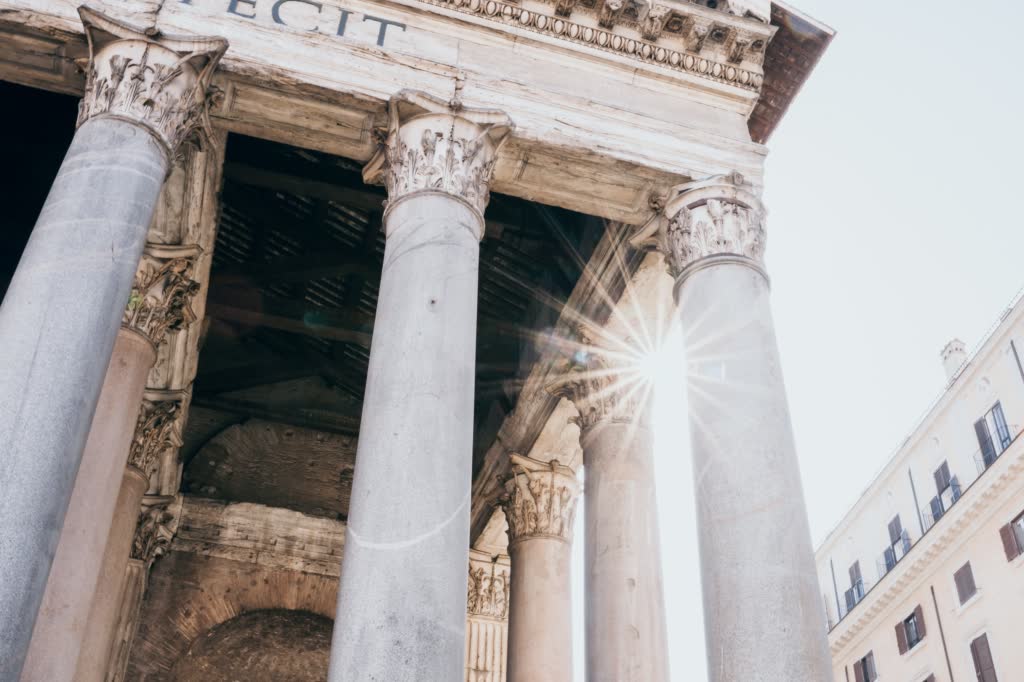
RAFFAELLO Exhibit (through 2 June 2020)
Conceived in honor of the 500th anniversary of Raphael’s death. The RAFFAEFLO exhibit in Rome is the single largest show of the artist’s work ever put together. Unfortunately, it is currently closed due to restrictions on public gatherings but it should run through 2 June 2020 and will hopefully be extended. There are over 200 pieces in the one-of-a-kind exhibit and you can take a virtual tour even if you are unable to visit in person.
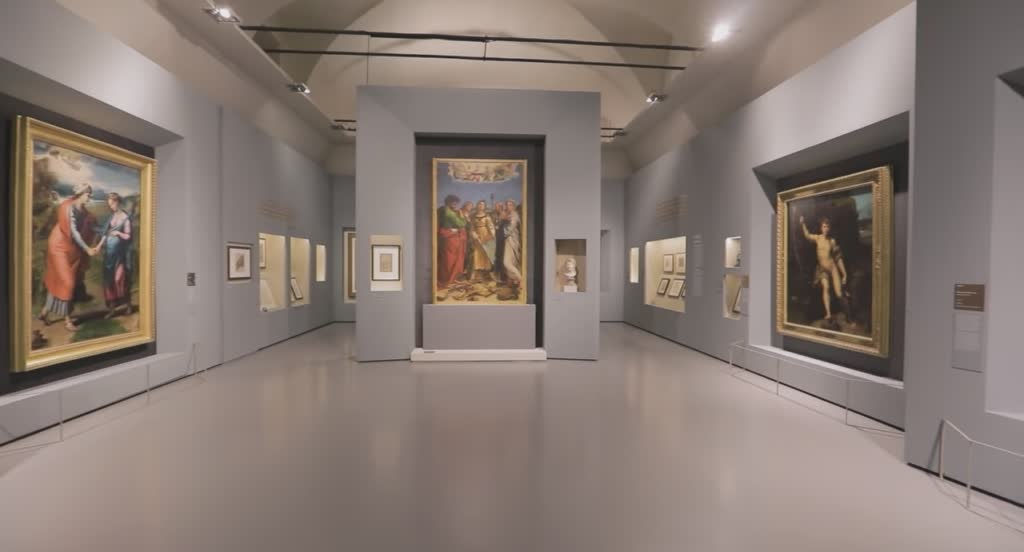



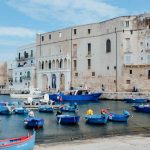
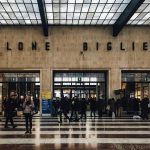
Hello Natalie, I very much hope you and your family are all well. Thank you so much for continuing to write during what is I am sure a very difficult time for you and your family. I enjoy your blog so much and have learned so much from you. Last fall I had a very lovely visit to Rome during which I made use of a number of your excellent suggestions. My heart goes out to everyone in Italy, and I plan to return to visit just as soon as it is possible to do so. Thank you again, and best wishes to you and your family.
Thank you! Stay safe and well!